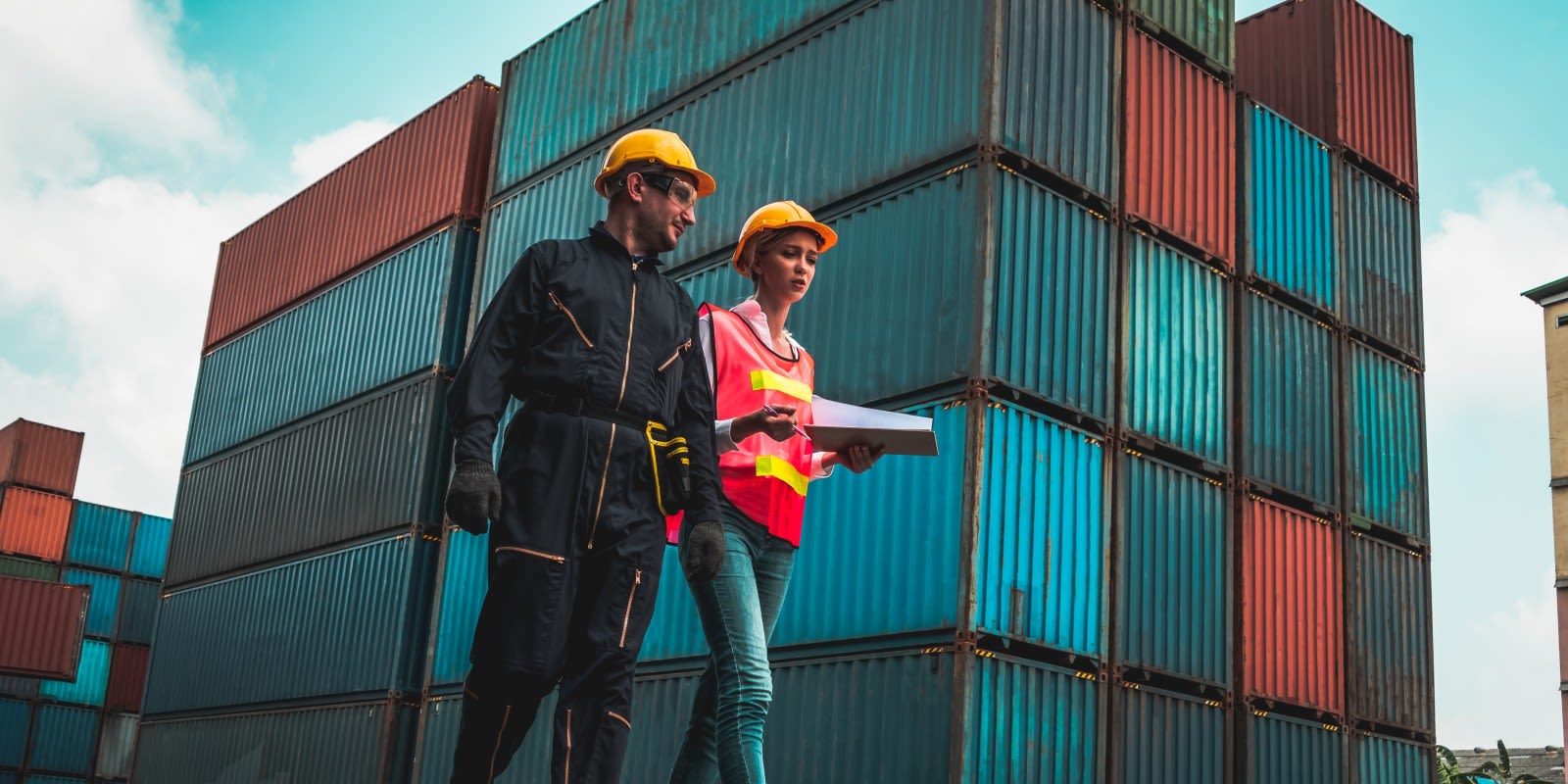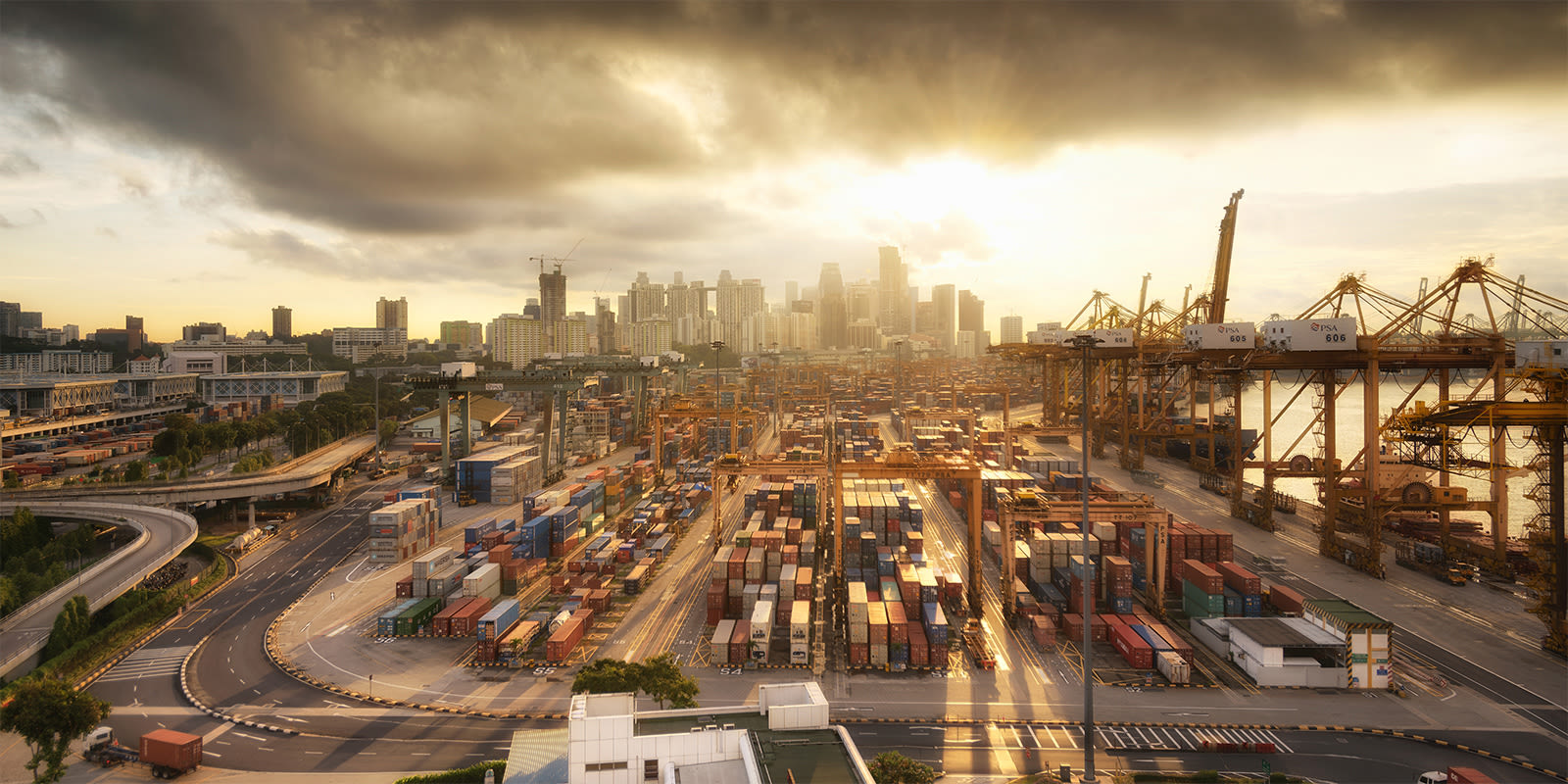
October 29, 2022
Six Ways to Turn Chaos into Opportunity: What Customs Experts Want You to Know

Vice President of Customs and Trade
In the customs world, the axiom that chaos breeds opportunity holds great sway. And as the world enters recovery from the COVID-19 pandemic, there is definitely plenty of chaos to go around. Are you and your business ready to turn that chaos into your next big opportunity?
With that goal in mind, I've outlined what some brands with customs expertise are doing to turn chaos into opportunity and a strategic supply chain advantage.
1. Assess Data to Project Impact of Tariffs
Savvy organizations have evolved beyond spreadsheets—they know they’ll find few opportunities for savings on customs there. Spreadsheets provide you with a very narrow scope to manage the impact of tariffs on your products. Let’s say you have all of your HTS codes for each of your products listed in a spreadsheet. That would allow you to do a VLOOKUP, or to identify a list of all of the exclusions or to determine which products will be affected by tariffs.
What that spreadsheet will never do is let you project the impact of tariffs, which is a critical flaw. With a more tech-forward and sophisticated system, such as a global trade technology platform combined with a powerful analytics engine, experts are empowered to see clearly through the chaos. Instead of simply matching your products to HTS codes, a system like this could allow you to look at projected tariffs over time per country to identify the issues and costs of each tariff.
2. Always Read the Fine Print
The U.S. tariff schedule is always changing. The biggest changes—changes to the first six digits—only come around every five years. Changes to the fine print, however, are constant. Importers should monitor not only the regular revisions to the tariff schedule, but how Customs interprets the meaning of those numbers. Monitoring customs rulings, Federal Register notices, and the Cargo System Messaging Service can keep you compliant and save you a lot of money.
For example, CBP recently published a notice to correct the classification of insulated lunch bags. The tariff schedule remained the same, but Customs’ interpretation of it changed. For importers who are reading the fine print, updating their classification means staying compliant—and saving 3.6% in duties. Those savings can add up quickly.
3. Prepare for Additional Scrutiny
In 2021, U.S. Customs enforced nearly 500 trade laws on behalf of 49 partner government agencies—all while collecting a record-breaking $93.8 billion dollars in revenue. In fact, last year’s trade statistics show that in nearly every Customs enforcement category, 2021 broke previous records—and the agency shows no sign of slowing down.
Smart importers know they need to be more rigorous in their customs filings to avoid investigations, audits or penalties. The ones finding opportunities for savings amid the chaos and increased scrutiny, however, are doing two things exceptionally well. First, they’re analyzing their data under the same light that CBP would and focusing heavily on transactional data. Second, they’re putting in the necessary procedures to be ready when Customs comes knocking.
Responsive, well-prepared companies receive less scrutiny. Less scrutiny means less time spent managing a CBP inquiry. And, as we all know: Time is money.
4. Don’t Move Your Whole Supply Chain, Just Enough
You don’t need to move your entire supply chain to save on duties, just enough of it to change the legal country of origin. “Country of Origin” is a term of art in the Customs world, governed by a specific set of rules and legal principles. Whether you are looking to minimize Section 301 tariffs or take advantage of a Free Trade Agreement, moving your entire supply chain to a new country is expensive, time-consuming and often unnecessary.
By taking advantage of what's called “origin engineering,” importers can make strategic shifts in production—just enough to meet the rules for their product.
A cosmetics company making lipstick in China recently took advantage of these rules by moving raw lipstick bulk production to France. Once completed in France, they shipped it to China to be shaped and put into tubes before exporting it. Because of rules of origin, the lipstick qualified as a French product and avoided excess tariffs.
This saved them tens of thousands of dollars, in the end.
5. Compliance Will Always Pay Off
The trade compliance landscape has never been more complex—and falling back on old habits can mean costly mistakes. Customs’ enforcement priorities, and revenue collection, have expanded dramatically over the last five years. Some businesses assume that, “If it hasn’t been an issue before, it’s not a priority now.” But waiting until a shipment is detained or a penalty notice is issued to review your customs compliance is an expensive way to learn.
All parties need to act within the right applications of the law and understand that while being compliant may make things more expensive or process-oriented, it will ultimately pay off.
The smartest, most customs-savvy companies have found opportunities for savings amid the chaos. Taking the time to analyze data and project future costs can be the difference between a profitable company, and one paying a massive, unforeseen (but preventable) penalty or duty payment. Customs savviness—or the willingness to invest in customs experts—will become table stakes in a world where supply chain leaders can no longer count on geopolitical stability.
6. Your ACE Data Can Help Minimize Duties and Reduce Risks
CBP created the Automated Commercial Environment (ACE) database so it could track, record, and analyze your import and export data. In its raw form, this data is unstructured and difficult for many companies to navigate without the help of a team of data scientists. That said, this data contains information you can use to strengthen your supply chain and save money, while remaining compliant.
Your company’s ACE data is another tool you and your Customs broker can use to optimize classification, country of origin, and free trade agreement use. Flexport offers an ACE analysis solution that takes your compiled ACE data and turns it into an interactive format you and your team can take full advantage of. If your company is looking for ways to minimize duties, plug other cost leaks, reduce compliance risks, and create more efficient processes, Flexport’s ACE analysis solution can guide high-impact strategies.
As the dust settles, the savviest of companies won’t be immune to the costs of trade instability, but they’ll certainly be paying less. Learn more about how Flexport’s Customs experts can help your business turn today’s chaos into tomorrow’s opportunities.
Editor's Note: This blog is an updated, edited version of a longer article that previously appeared in Supply Chain Management Review.
About the Author

Vice President of Customs and Trade








